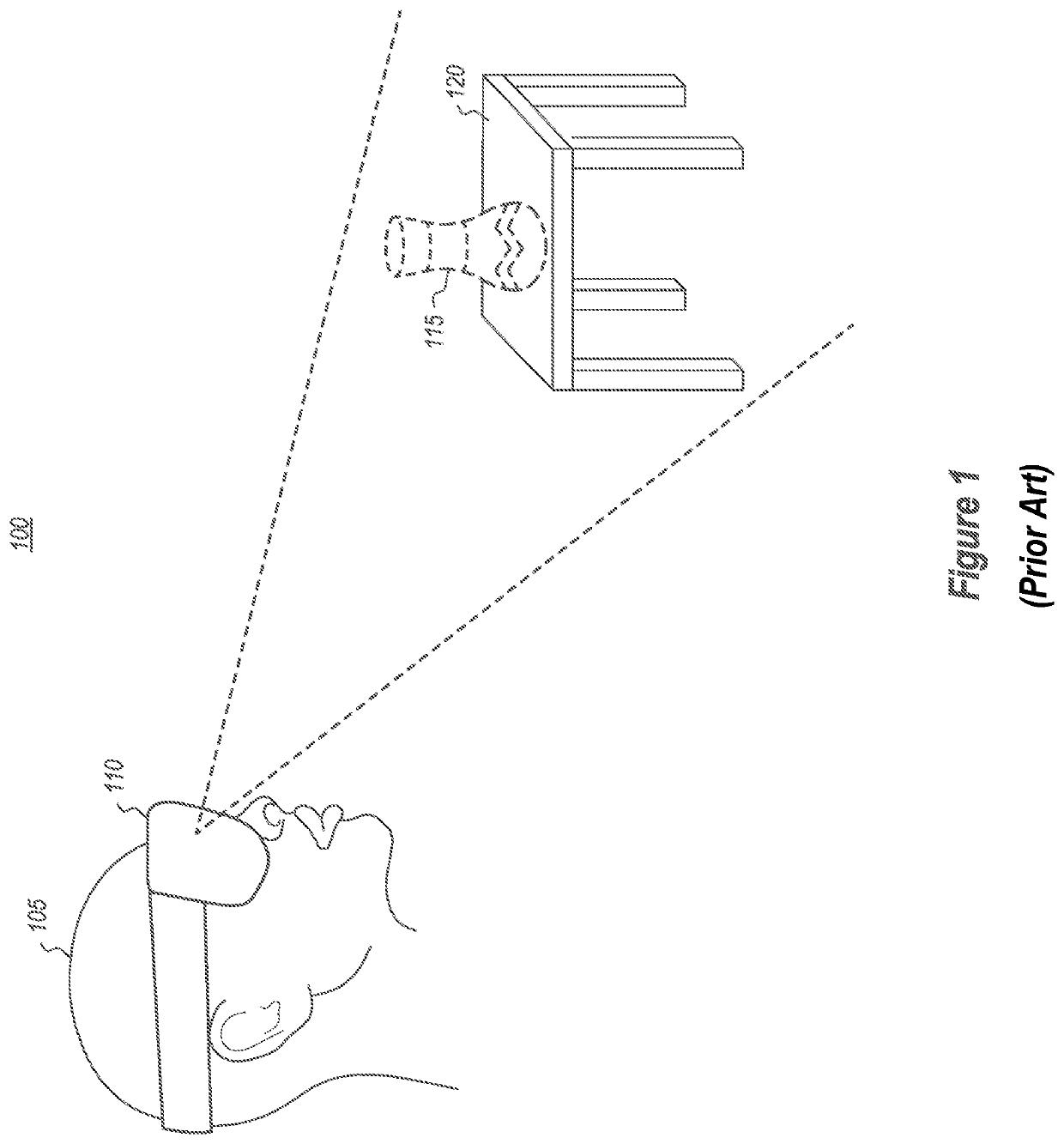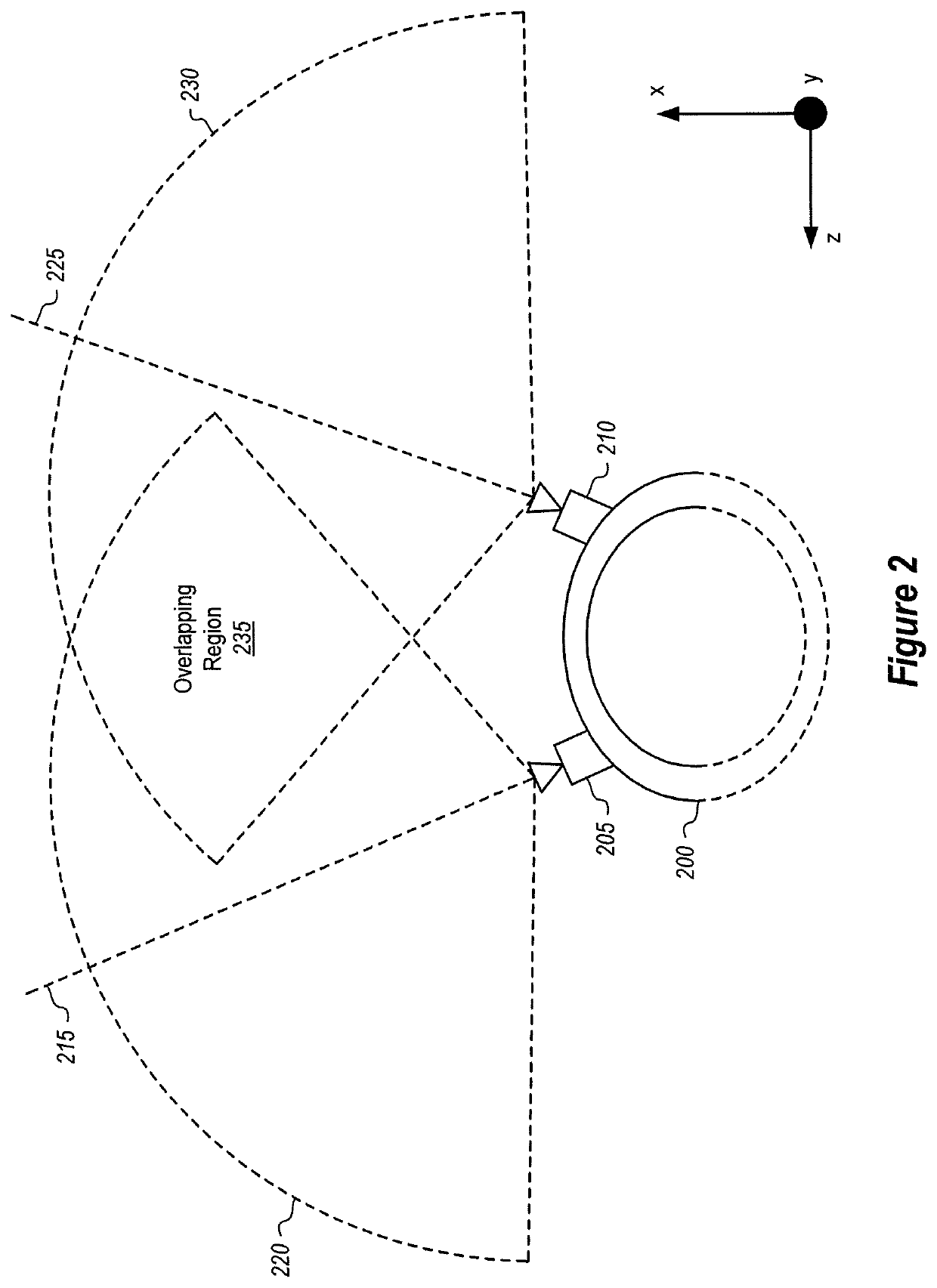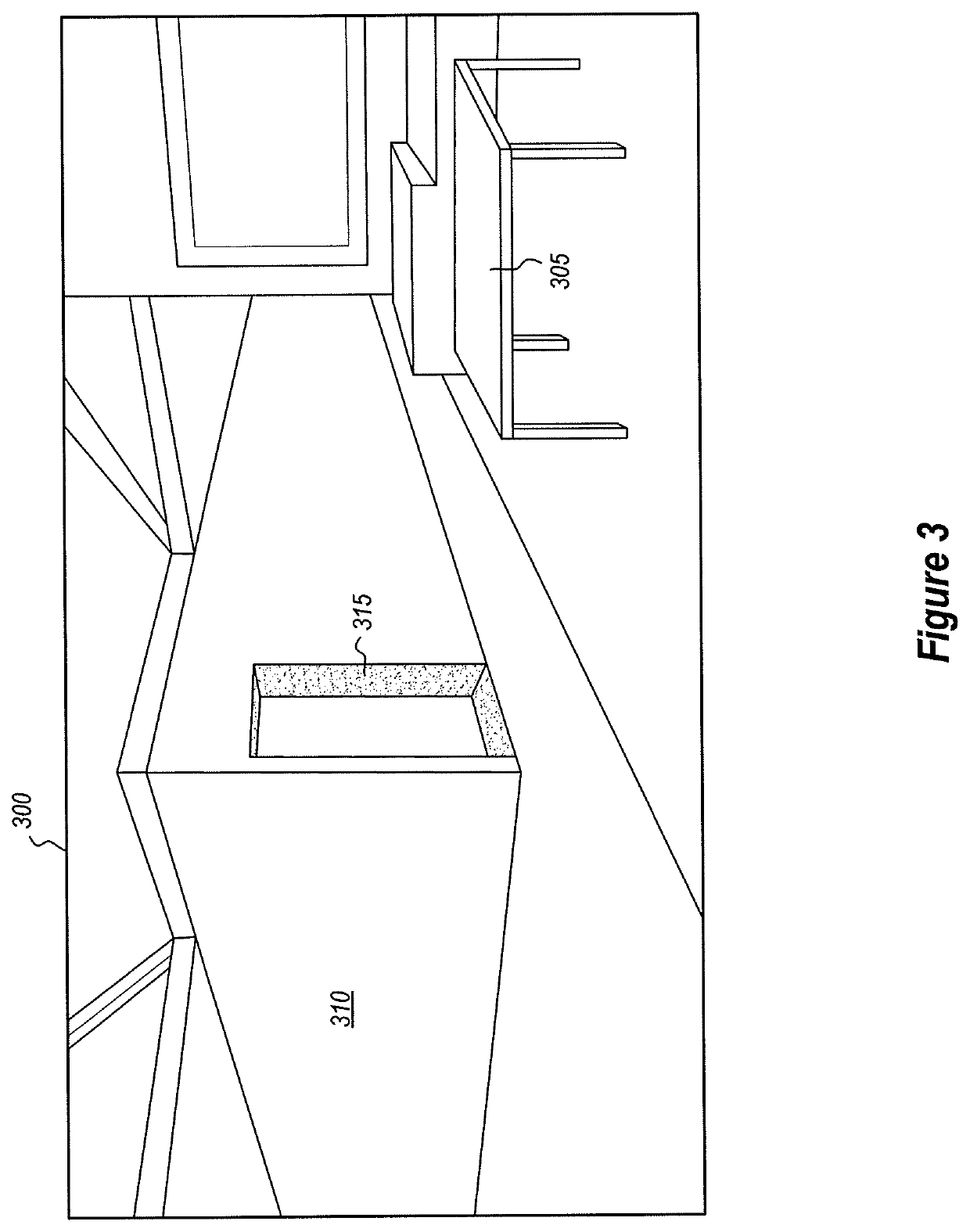Active stereo matching for depth applications
a technology of active stereo and depth detection, applied in the field of active stereo matching for depth applications, can solve the problems of increasing the increasing the cost of users in a mixed-reality environment, and additional hardware adds to the overall cost, weight, battery consumption and size of hmd systems, etc., to achieve the effect of facilitating depth detection and/or tracking
- Summary
- Abstract
- Description
- Claims
- Application Information
AI Technical Summary
Benefits of technology
Problems solved by technology
Method used
Image
Examples
Embodiment Construction
[0037]At least some of the embodiments described herein relate to head-mounted devices (HMDs) configured to perform depth detection by generating a 3D geometry mapping of the surrounding environment. As an initial matter, the HMD may include a stereo camera pair comprising a first and second camera. Both cameras are mounted on the HMD, and both are able to detect visible light and infrared (IR) light. Such positioning is beneficial for motion tracking purposes because it allows the cameras to capture a large amount of area in the surrounding environment. By capturing more area, the HMD is better able to track movements. Furthermore, at least a part of the cameras' fields of view overlap with one another (i.e. an overlapping field of view region).
[0038]The HMD also includes one (or more) IR dot-pattern illuminators. The IR dot-pattern illuminator is configured to emit an IR dot-pattern illumination that spans an illumination area. The IR dot-pattern illuminator is mounted on the HMD ...
PUM
 Login to View More
Login to View More Abstract
Description
Claims
Application Information
 Login to View More
Login to View More - R&D
- Intellectual Property
- Life Sciences
- Materials
- Tech Scout
- Unparalleled Data Quality
- Higher Quality Content
- 60% Fewer Hallucinations
Browse by: Latest US Patents, China's latest patents, Technical Efficacy Thesaurus, Application Domain, Technology Topic, Popular Technical Reports.
© 2025 PatSnap. All rights reserved.Legal|Privacy policy|Modern Slavery Act Transparency Statement|Sitemap|About US| Contact US: help@patsnap.com



